In our new section ‘From the archive’ we are highlighting papers that are ‘worth going back to’, that we hold in hard copy here in the Department but may be hard to come by in any other way. Some of them are relevant to our current research, and others are just interesting for us. Enjoy!

Redish, Janice, Daniel B. Felker, and Andrew M. Rose. 1981. ‘Evaluating the effects of document design principles.’ Information Design Journal 2 (3–4): 236–243
In this paper, the authors briefly present a model for document design comprising a sequence of stages of iterative design and user feedback. They then demonstrate the model’s effectiveness in a study of a Federal Communications Commission (FCC) manual of regulations for the use of radios in recreational boats. The study compared performance using the original version to a version revised according to document design principles, where the language, length, information structure and typographic presentation were adjusted. The original manual was 49 pages long and required an index to help users search for information; the new version covered the same topics as the original but was organised into 22 rules in an 11-page booklet.
In the study, 53 people with boating experience and 52 without experience used the manual to answer questions about its content. Half the participants in each group were given the original manual, the other half the re-designed version.
The results suggested the re-designed version was significantly easier to use for both experienced and inexperienced boaters: participants with the new rules answered more questions correctly, identified more rules correctly, carrying out the task overall more quickly. Most interestingly, the difference in performance between experienced and inexperienced boaters disappeared with the new rules – that is inexperienced users benefited particularly from the document revision.
The approach used by Redish and colleagues in this study is frequently used in information design research. Particularly powerful effects of information design for people with lower levels of knowledge or confidence seems to be a common theme. For example, a study conducted by Loorbach, Karreman and Steehouder (2007) found the impact of re-design of a phone manual was felt more strongly by users who lacked experience and confidence; similarly Dickinson et al. (2010) found that people who were less confident readers and with lower education attainment benefited most from re-design of a patient information leaflet for medicines; Nielsen (2005) has also found that, while revisions to web sites, such as prioritising key content and simplifying page structure, benefit all users, these benefits are felt particularly by less proficient readers.
The lesson for researchers and practitioners is to include a range of participants, with different levels of expertise, reading abilities and confidence levels, in studies and tests of information design, in order to fully explore the impact of design changes.
Further reading
Loorbach, Nicole, Joyce Karreman, and Michaël Steehouder. 2007. ‘Adding motivational elements to an instruction manual for seniors: Effects on usability and motivation.’ Technical Communication 54 (3): 343–358.
Dickinson, David, Jane Teather, Suzy Gallina, and Emily Newsom-Davis. 2010. ‘Medicine package leaflets – does good design matter? Information Design Journal 18 (3):225–240.
Nielsen, Jacob. 2005. Lower-Literacy Users: Writing for a Broad Consumer Audience. NN/g Article: http://www.nngroup.com/articles/writing-for-lower-literacy-users/, accessed 22 June 2015.




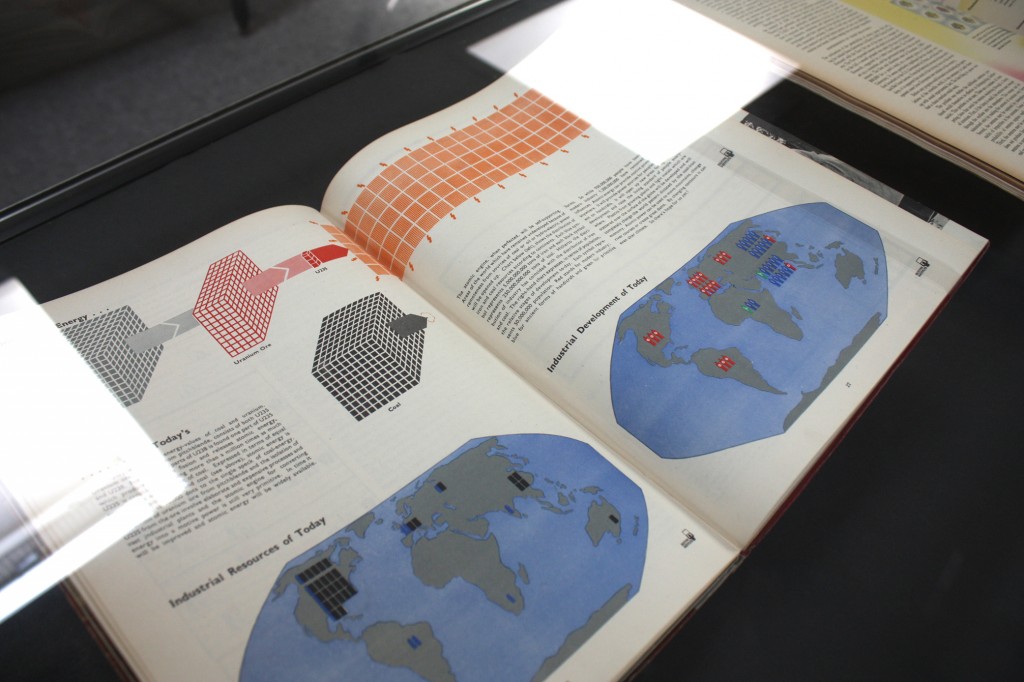
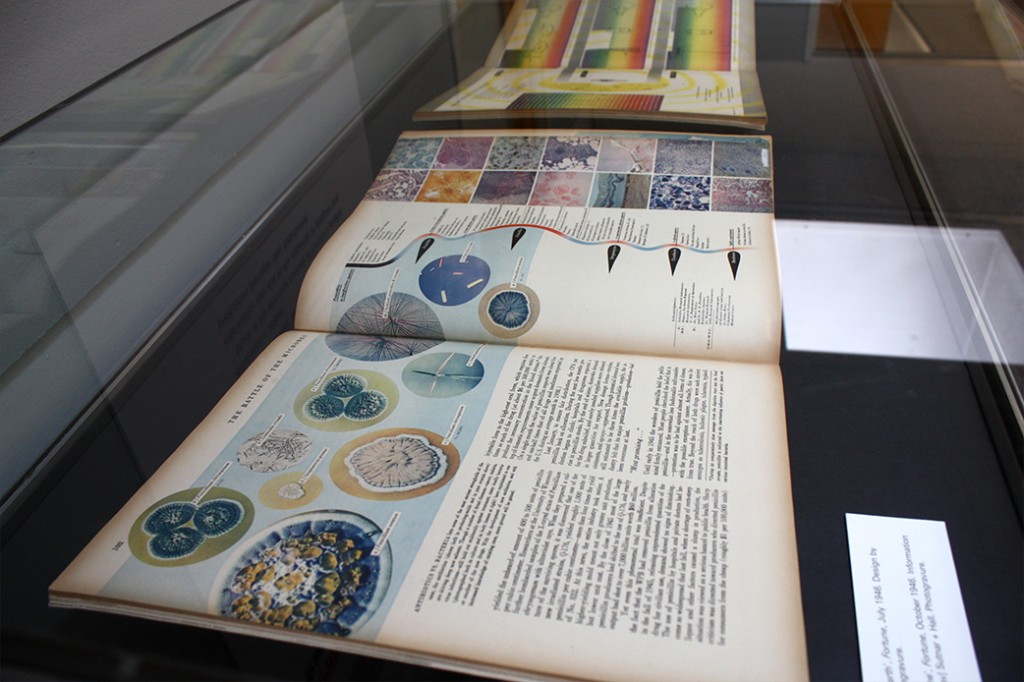
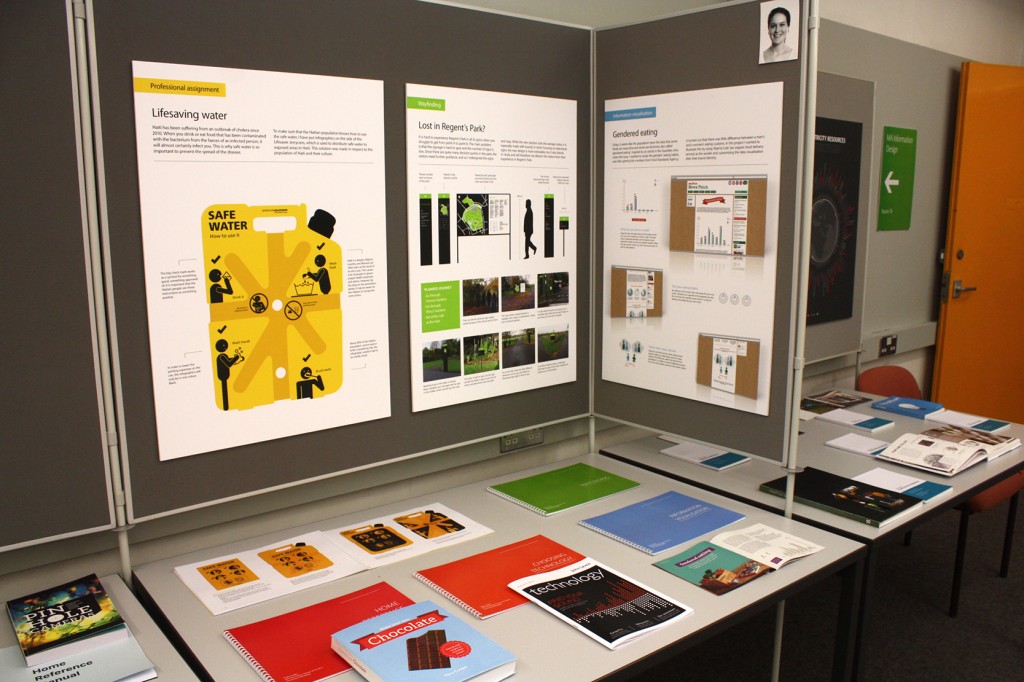
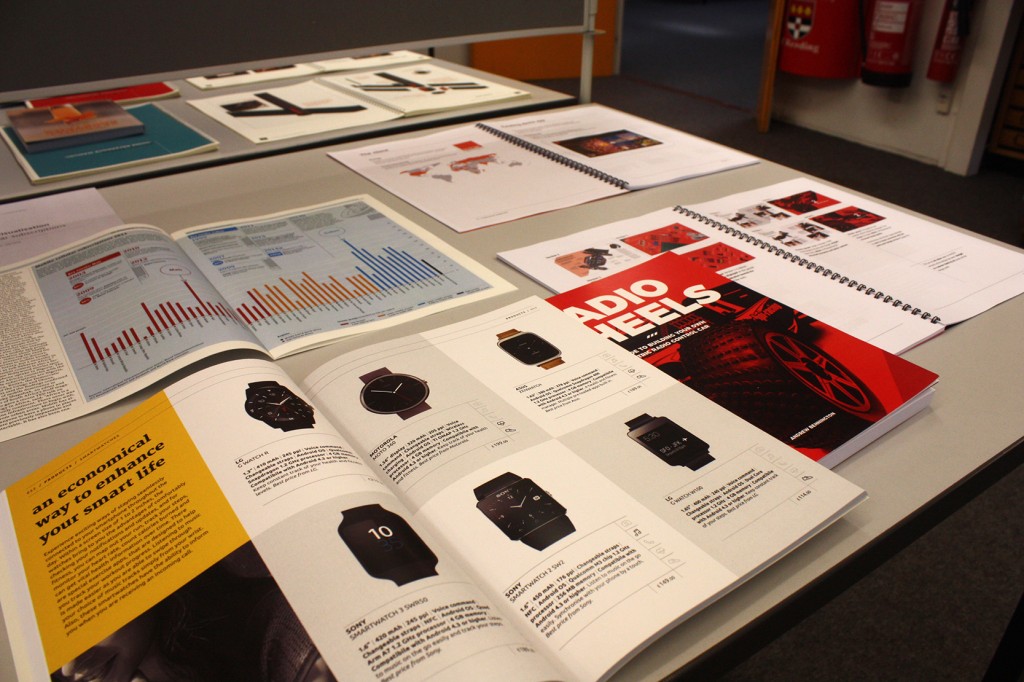








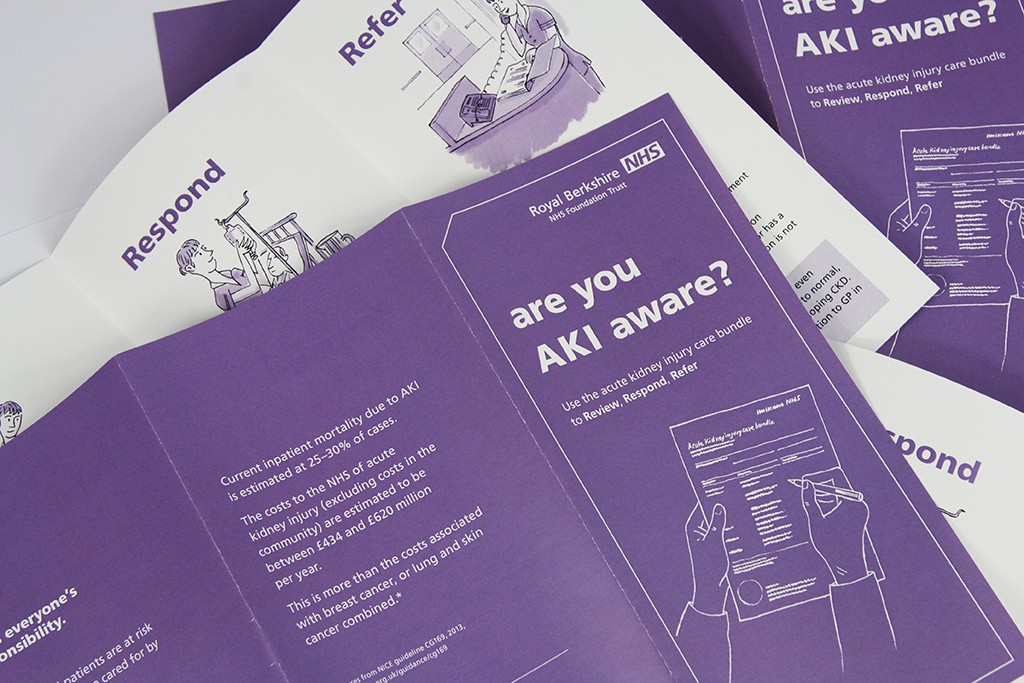
140 years of visitor maps for the V&A
image via Wikimedia Commons
Postgraduate researcher, Andrew McIlwraith, is examining how the design of floorplans can aid people visiting museums.
While conducting his research, Andrew has gained access to the archives of the Victoria & Albert museum and has been able to examine the floorplans produced over 140 years to aid navigation in the V&A.
A close look at the maps brings to the fore relevant challenges of wayfinding, and also shows interesting approaches taken by the designers when trying to guide what is essentially a physical and sensory experience through the use of an encoded flat illustration. Some of these include graphic ways to suggest routes to the visitor and ways to highlight the location of particular exhibits. Specially relevant to the V&A building (which can be complicated even for frequent visitors) are the ways to show the different floors, how they sit on top of each other, and how the visitor can move between them.
Read Andrew’s article here http://www.vam.ac.uk/blog/research-department/best-laid-plans-mapping-the-va-by-andrew-mcilwraith
Andrew is a PhD student in the Department of Typography and Graphic Communication, funded by the Design Star Centre for Doctoral Training.
Share this: